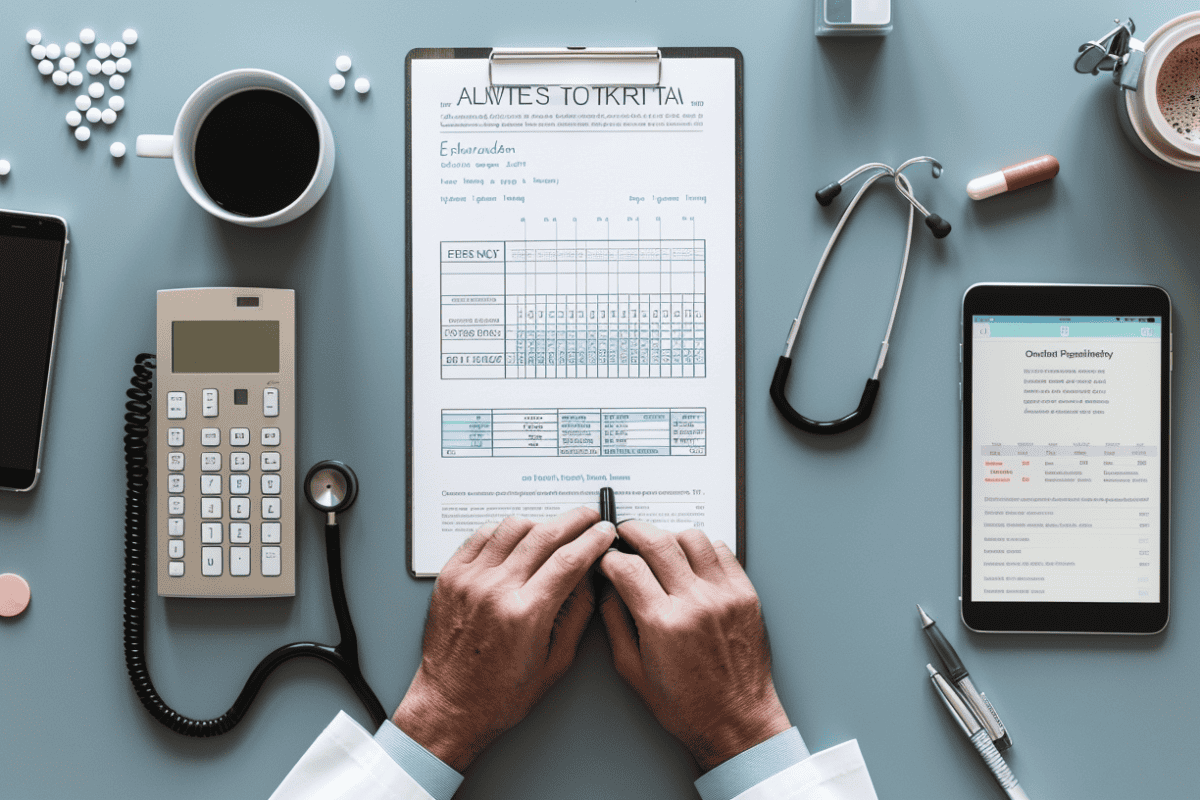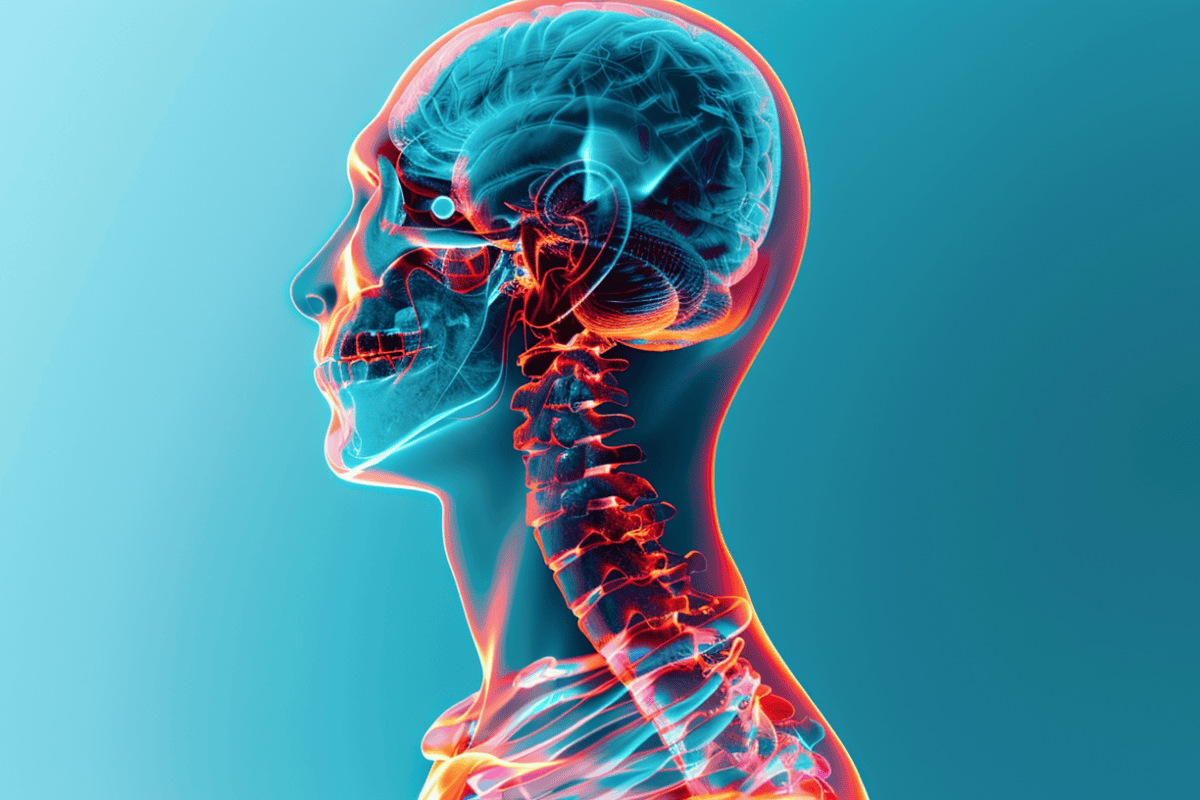The doctor-patient relationship is at the core of healthcare delivery. Patients trust their doctors to provide the necessary care to improve their health outcomes and overall well-being. However, this relationship can sometimes be strained due to ineffective communication, accessibility, and engagement.
Fortunately, remote patient monitoring (RPM) has emerged as a promising technology to enhance doctor-patient relationships. In this article, we’ll explore the benefits of RPM, how it transforms doctor-patient interactions, and how it can improve healthcare delivery.
Benefits Of Remote Patient Monitoring
1. Improved Accessibility To Healthcare
With RPM, patients don’t need to travel to healthcare facilities for routine checkups or monitoring after a medical procedure. RPM devices help collect patient data, such as blood pressure, blood sugar levels, heart rate, and patients who are diagnosed with illnesses like CHF, which doctors and nurses can monitor remotely. This feature improves accessibility to healthcare for patients who live far from healthcare centers, have mobility issues, or face other barriers to accessing healthcare. RPM ensures that patients receive regular, high-quality healthcare, despite their location.
2. Enhanced Communication Between Doctors And Patients
Effective communication is essential in building strong doctor-patient relationships. RPM enables doctors to monitor their patients remotely and provides a communication platform. Patients can use RPM devices to ask for expert advice from their doctors, get feedback on their health progress, and share data about their symptoms and vital signs. This enhanced communication enables patients to receive more timely, accurate, and personalized healthcare.
3. Increased Patient Engagement And Empowerment
RPM makes patient engagement and empowerment possible. Patients take an active role in their healthcare by using RPM devices to monitor their symptoms and vital signs. With remote monitoring, patients know more about their health conditions and how to manage them, leading to more informed decision-making. RPM devices offer patients a sense of control, responsibility, and ownership of their health, empowering them to proactively manage their chronic conditions.
4. Better Management Of Chronic Conditions
RPM is particularly useful in managing chronic conditions such as diabetes, cardiovascular diseases, and hypertension. RPM devices help monitor a patient’s vital signs and symptoms continuously, enabling doctors and nurses to detect health problems early on. This early detection allows patients to access timely interventions, resulting in better healthcare outcomes and lower treatment costs. Moreover, RPM reduces the rate of hospitalizations and readmissions, promoting continuity of care for patients.
Transforming Doctor-Patient Relationships
1. More Frequent And Meaningful Interactions
RPM increases the frequency of interactions between doctors and patients, leading to more meaningful encounters. Instead of meeting with their doctors only on scheduled appointments, patients can communicate with their doctors anytime, anywhere. This increased interaction fosters communication, trust, and empathy between doctors and patients, leading to better healthcare outcomes.
2. Personalized And Targeted Care Delivery
RPM enables doctors to personalize their patients’ healthcare delivery. With access to real-time patient data, doctors can better understand their patient’s health conditions. This information helps doctors tailor their patients’ medical care, leading to more effective interventions and improved health outcomes.
3. Timely Intervention And Proactive Care
RPM devices help doctors detect health problems early on and enable them to provide proactive care. With remote monitoring, doctors can access up-to-date information about their patient’s health and make necessary interventions before health conditions become severe. This proactive approach leads to better health outcomes and promotes longevity and well-being.
Improved Patient Satisfaction And Trust
RPM promotes patient satisfaction and trust by improving the quality of healthcare delivery. Patients who use RPM devices know that their doctors monitor their well-being proactively, creating a sense of security and trust. Moreover, patients are more likely to be satisfied with their healthcare when they feel that their doctors are compassionate, empathetic, and communicative. RPM enhances these attributes, leading to higher patient satisfaction.
Overcoming Challenges
1. Addressing Concerns About Data Privacy And Security
RPM is still a developing field; therefore, patients may be concerned about data privacy and security. Doctors and healthcare providers must ensure that patient data is protected and that RPM devices comply with HIPAA regulations. Moreover, patients must feel confident that their data is secure, encouraging them to use RPM devices and foster patient trust.
2. Ensuring Proper Training and Adoption of RPM Technology
Successfully adopting RPM requires proper healthcare professionals’ training to use RPM devices effectively. Healthcare providers who understand how RPM works can use it to enhance their practice, leading to better healthcare outcomes.
3. Bridging The Digital Divide For Vulnerable Populations
While RPM holds promise for improving healthcare delivery, vulnerable populations may not have access to this technology. Healthcare providers must ensure that RPM devices are accessible to all patients, regardless of their socioeconomic status or other factors.
Future Implications And Opportunities
1. Potential For Expanding Remote Patient Monitoring In Healthcare Settings
The potential for RPM to expand into other healthcare settings is vast. Home health settings, for example, could utilize RPM devices to monitor patients’ vitals during visits and assessments.
2. Impact On Healthcare Policies And Regulations
RPM is transforming healthcare delivery, and policymakers and regulatory bodies must take notice. By updating regulations and policies to promote RPM adoption, healthcare providers can leverage this technology to improve their practice and enhance doctor-patient relationships.
Conclusion
Remote patient monitoring transforms the doctor-patient relationship by improving accessibility, communication, and empowerment. RPM tools have demonstrated the potential to reduce hospitalization and rehospitalization rates, improve personalization, and promote proactive healthcare delivery. RPM is still evolving, and challenges such as data privacy and security, vulnerable population access, and proper training must be addressed. Nonetheless, RPM’s future implications and opportunities are vast, and its integration into the healthcare system will undoubtedly enhance doctor-patient relationships and improve healthcare delivery.
Digital Health Buzz!
Digital Health Buzz! aims to be the destination of choice when it comes to what’s happening in the digital health world. We are not about news and views, but informative articles and thoughts to apply in your business.


